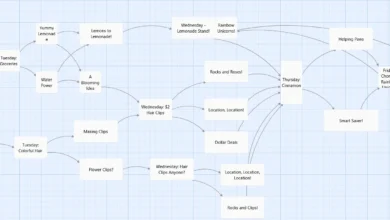Tether Takes Aim at TradFi in Global Commodities Finance

- Fresh off a $5.2B profit record in the first half of 2024, Tether aims to expand its lending operations into the commodities sector, challenging traditional banks.
- Tether’s potential for faster, less regulated credit lines appeals to credit-constrained traders, especially for smaller trading firms.
- Companies in Venezuela and Russia are already using $USDT in commodities trading to avoid the threat of sanctions.

$USDT dominates stablecoins. The global stablecoin market sits at $165B, and fiat-backed stablecoins account for nearly $160B, an all-time high.
Tether’s market cap alone is over $120B, up 40% in twelve months. Tether has also banked a hefty $5.2B profit in the first half of 2024.

Now, Tether has a plan for some of that cash – lend it to commodities traders to make even more money.
Let’s break down Tether’s plan to expand into commodities trading, how it might work, and what it means for crypto adoption.
Tether Takes On Traditional Lenders
Tether Holdings Ltd (the issuer of the largest stablecoin, $USDT) is exploring lending opportunities in the commodities sector.
The company recently sent representatives to leading industry events in Switzerland and London, and discussed with Bloomberg potential plans to expand into the commodities finance sector.
As traditional banks have long dominated commodity trade finance, Tether’s entrance could provide credit-hungry firms with a fresh funding source.
Commodities – everything from oil to gold, including mining, heavy metals, and more – are typically traded globally, moving from production to processing centers and then onwards.
All of that movement is expensive, and most commodities companies rely heavily on lenders.
But commodities financing comes with its own challenges:
- Margins are low
- Goods are often traded across international borders
- Trust between parties is often low
Moving ships of oil or heavy ores thousands of miles around the globe requires passing through checkpoints, navigating regulatory hurdles, and generally just making the trip with the cargo intact.
That’s not a sure-fire thing, and major sources of finance are well aware of the risks.
Many financiers are hesitant to work with new or growing companies… if there is a sudden difficulty, shipment problem, quality issue or a counterparty acts incorrectly then it means that a previously profitable trade may cause major and disproportionate difficulty.Trade Finance Global
The result is that while large commodities companies rely on economies of scale and good relationships with traditional finance, new companies struggle to break in.
$USDT Provides a USD Alternative
Tether’s approach is less regulated than banks, offering traders the advantage of speed and flexibility.
With significant profits to invest and a focused team, Tether’s CEO Paolo Ardoino believes the sector holds massive future potential.
Recent scandals have rocked the commodities finance industry and potentially created an opening that Tether could exploit.
There’s another use case for commodities finance and $USDT – an alternate method to settle international transactions for countries under US sanctions.
Venezuela’s state-owned oil company PVDSA turned to $USDT earlier this year to circumvent frozen accounts.
And on the other end of the world, numerous reports indicate that Russian metals producers use $USDT to facilitate commodities trades with China.
Summary: Commodities Demonstrate Crypto’s Appeal
Looking ahead, Tether’s investment strategies suggest an interest in alternative finance solutions, especially for emerging markets.
And as the stablecoin sector grows, $USDT’s adoption signals how crypto provides a powerful alternative to traditional finance.
References
Click to expand and view references



